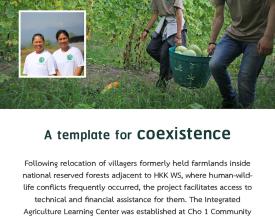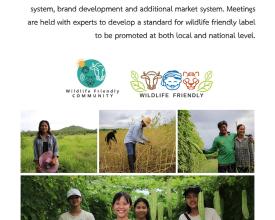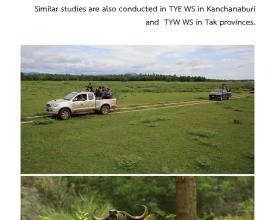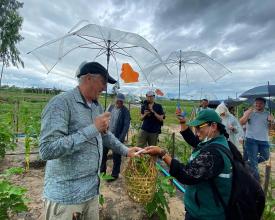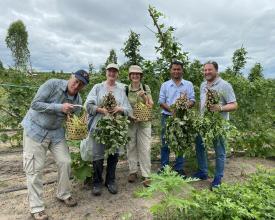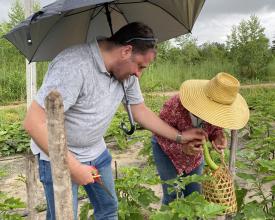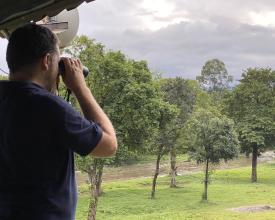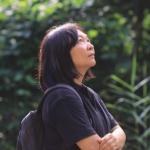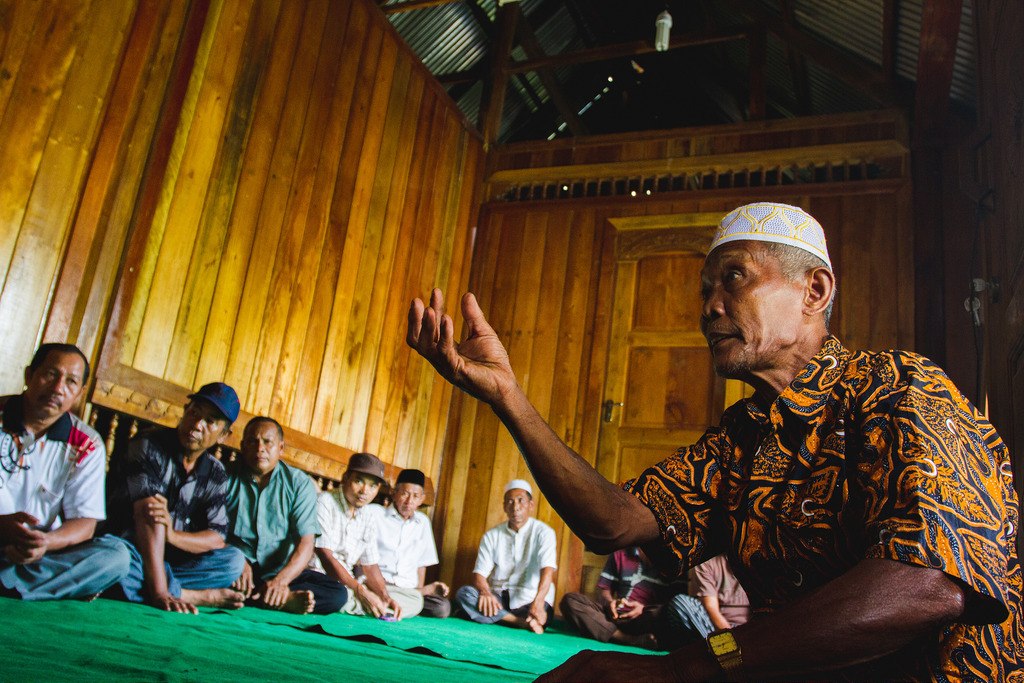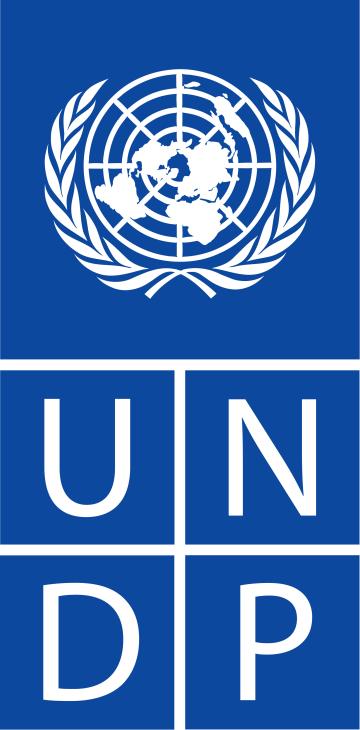
"Wildlife-friendly Community: Model for Human-wildlife Conflict Resolution"
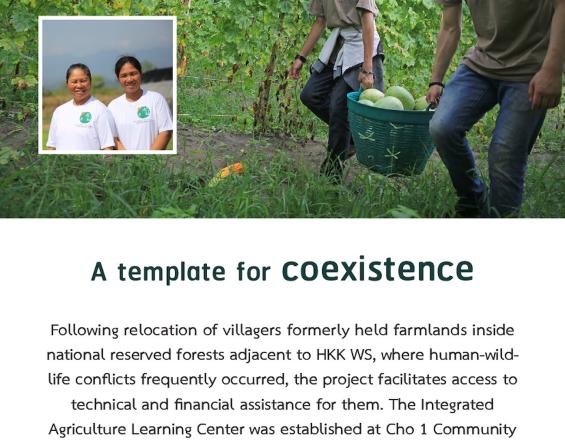
Human-wildlife conflicts in the buffer zone of Huai Kha Khaeng Willdife Sanctuary were on a rise both in numbers and in terms of more intense retaliation when wild animals damage the cash crops. It had jeopardized community livelihoods and also threatened the last stronghold of Banteng which is an indicator for tiger's existence. With support of small grant from UNDP, the pioneer community members formed as Wildlife-friendly Community (WFC), adopted the alternative income generation that replaces the encroached farm land with mono-cropping, with higher productive organic farming. Then, turning the encroached area back to wildlife habitat with development of wildlife food plots, maintained and guarded by community members. The wildlife appearance makes the community-based wildlife tourism feasible. Marketing after the first crops of organic vegetables is expanding. Comparison of higher benefits from the less farmland but higher productivity ensures the confidence and increasing number of the WFC members.
Contexte
Défis à relever
Environmental challenge: Biodiversity deterioration of the World Heritage Site which is the last stronghold of Tiger and it preys in Southeast Asia.
Social challenge: Unhealthy livelihoods and conflicts between park officials and encroached communities.
Economic challenge: Debt cycle from the contracted mono cropping with intensive use of chemical fertilizers and pesticides.
Emplacement
Traiter
Résumé du processus
The Agro-tourism guided by the story teller on the evolution of the wildlife-friendly community while the guests enjoy picking farm produce and taste the authentic food, follwed by a fantastic scenic over the wildlife observatory. This combination is what people are longing to experience after the spread and lockdown of COVID. Nature appreciation and healthy lifestyle help connect the two blocks seemlessly.
Blocs de construction
"Wildlife-friendly Community: Products delivery from farm to Table"
Linkage with the restaurant network adds on the demand for healthy produce of the Wildlife-friendly Community. Sideline production of the nature-based food containers increase value of the produce and enlarge the market, in particular by urban consumers.
Facteurs favorables
Increased awareness of the urban population on the healthy consumption, especially post-covid.
Leçon apprise
Matching the demand and supply of the produce determine the trust and continuity of production. Capacity in business plan and management of product delivery is the key. Meeting the demand on time and standard quality (including the story of telling on the linkage to support biodiversity of the World Heritage) build loyalty to long term support.
Ressources
"Wildlife-friendly Community: Community-based wildlife tourism"
With wildlife appearance as a result of the relocation of communities from the encroached area, the opportunity of wildlife ecotourism is enabling. Wildlife becomes the assets of the communities from its value of alternative livelihoods. Communities become the wildlife guardians instead of attackers.
Facteurs favorables
Wildlife Eco Tourism must be based on technical support from wildlife professionals, ecosystem specialists and environmental-friendly architect in establishing the Master Plan for further investment.
Leçon apprise
Collaboration among relevant agencies is the key. With common understanding on the joint benefit and credibility if succeeded, each stakeholder can find the proper role in an orchestrated way.
Very important is the preparedness for well-managed planning and financial resources to maintain the momentum of interest of all parties. Otherwise, when the enthusiasm dried out, the effort will have to start all over again.
Ressources
Impacts
The withdrawal from the encroached area which used to be the best wildlife habitat, directly benefits the abundant wildlife being able back to their homeland. The communities, despite of reduced size of farming, have witnessed the increasing income from the alternative organic agriculture by which productivity development surpassed the benefit from enlarging farmland to the wildlife habitat. Less encountering between human and wildlife, the enemies become the community’s assets when the wildlife appearance provides a fundamental element of wildlife tourism. This alternative income generation enhances the gradual land use change in the buffer zone of the World Heritage Site, from intensively chemical monocropping into a sustainable land use and healthy livelihoods.
Bénéficiaires
Led by the Wildlife-friendly Community Network, communities in 29 villages along the buffer zone of Huai Kha Khaeng Wildlife Sanctuary will benefit from the replication and dissemination of good practices.
Objectifs de développement durable
Histoire

We came from different places but all struggling for a sufficient living. Uncle Go came here with a dog and his wife and confidence in a new living. I gave up fighting with the wild animals and cycle of debt. This young man wants to challenge his mother in law on the new farming pratice that nobody will get sick with chemical use. The first crop gave us the light and hope. The leftover produce goes to the wildlife feeding station. Here, it will be our Home. Where human and wildlife can co-exist.

